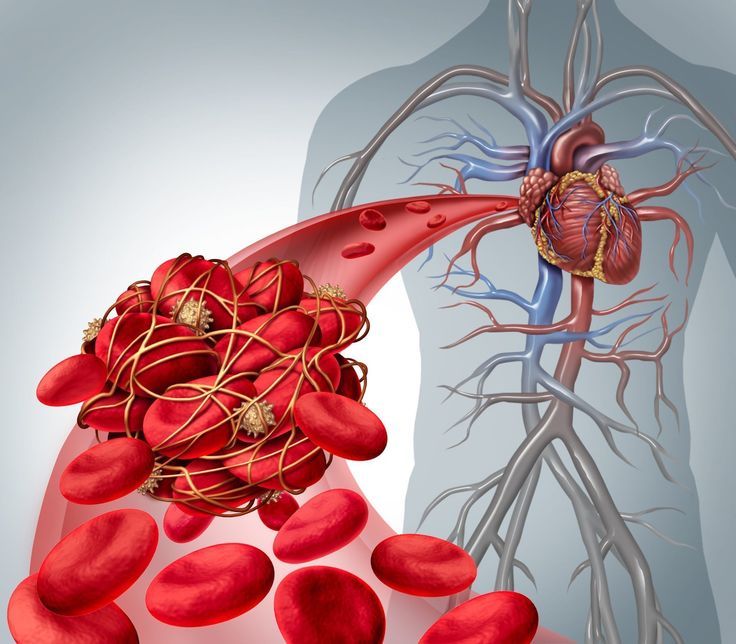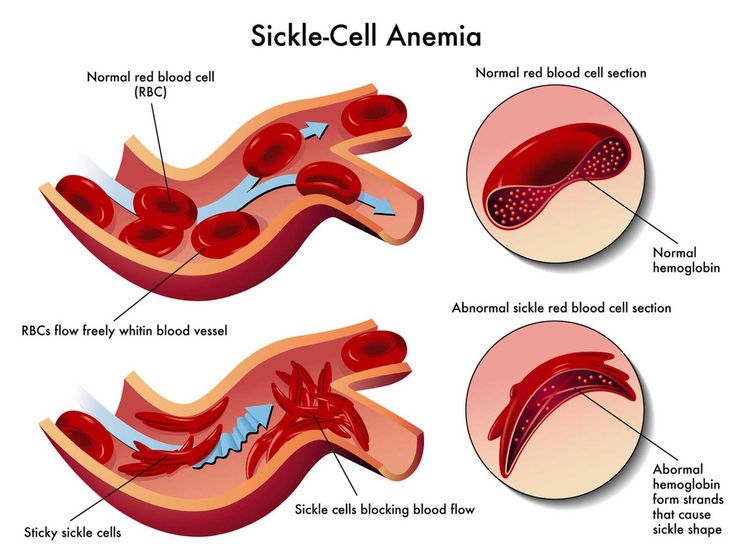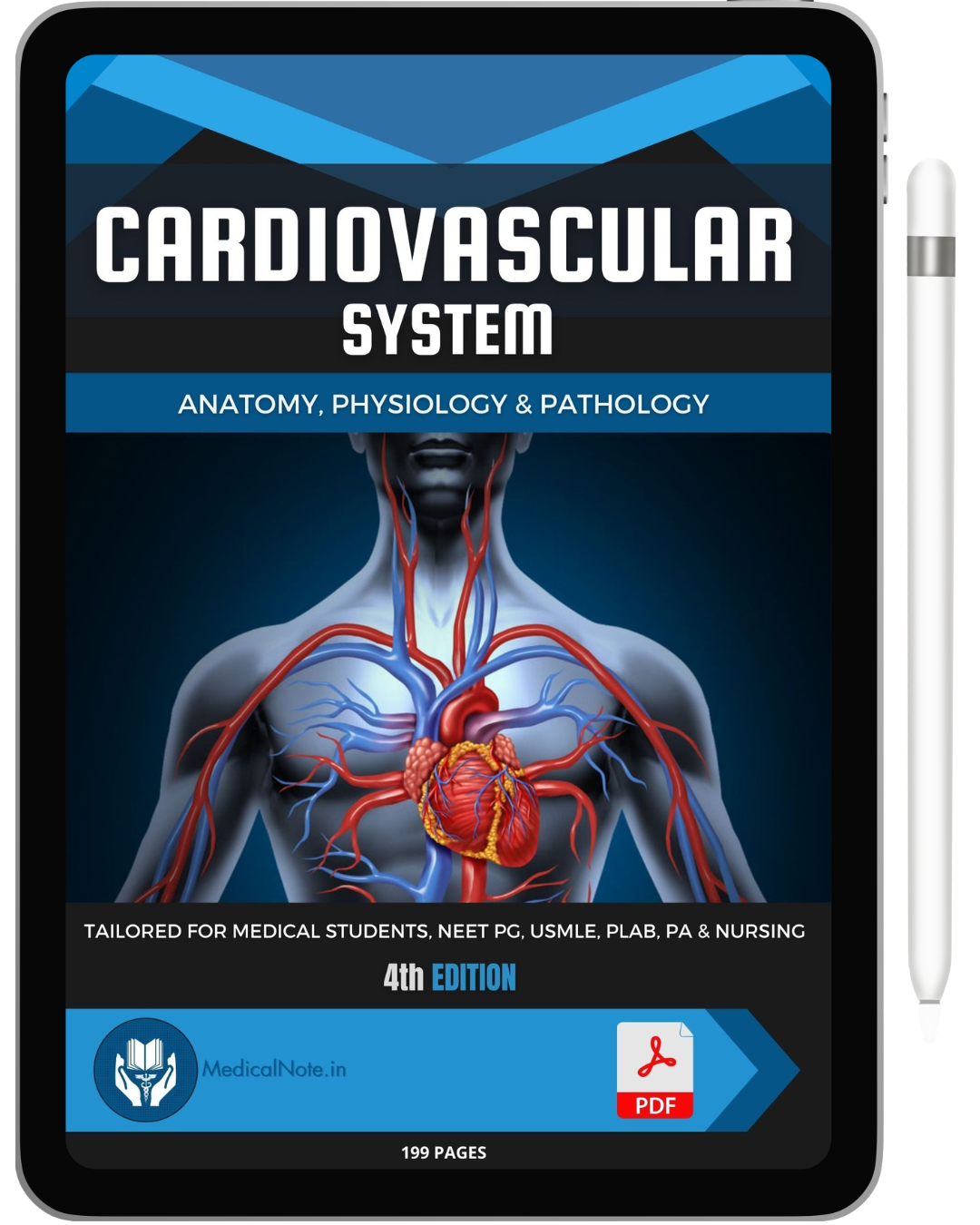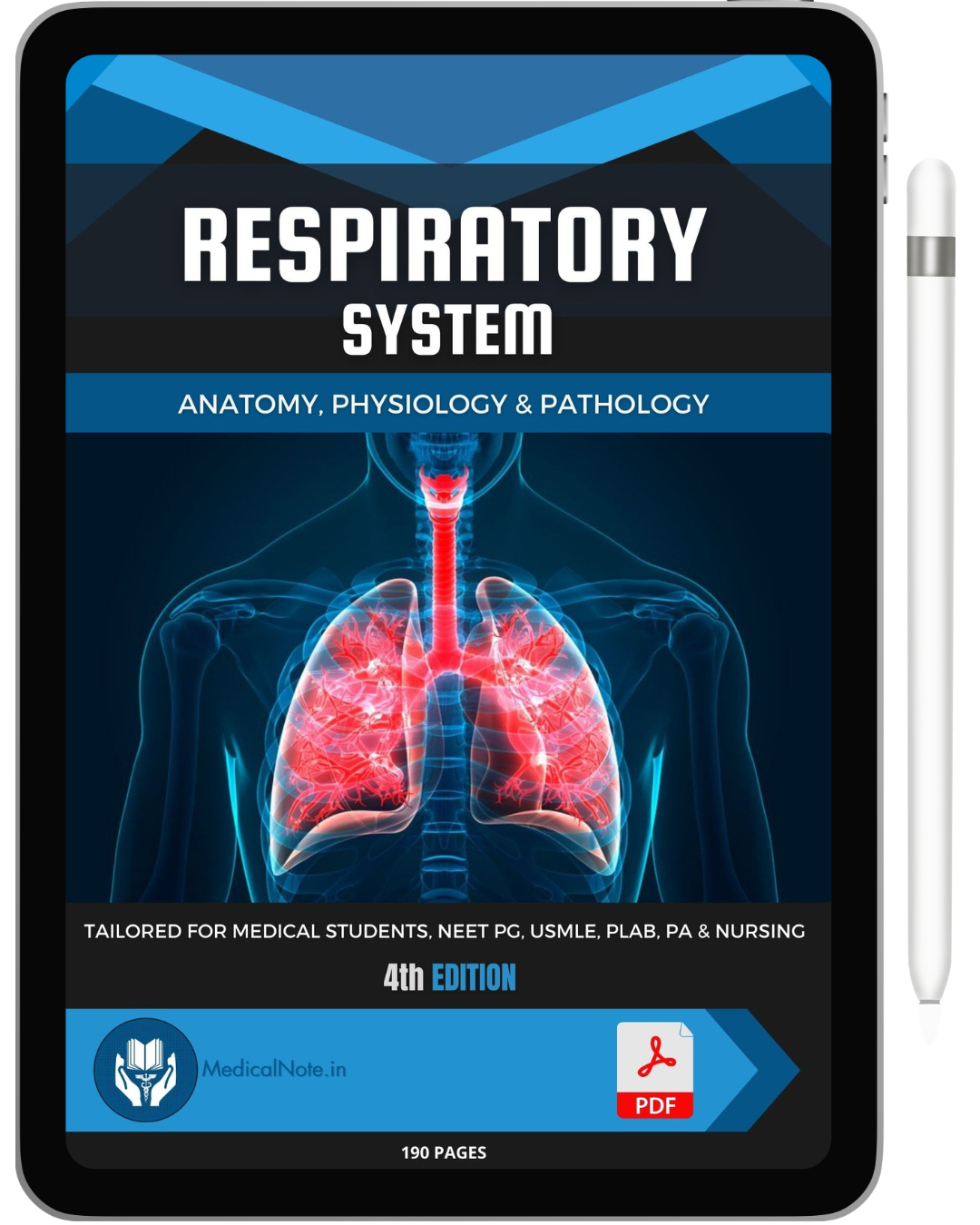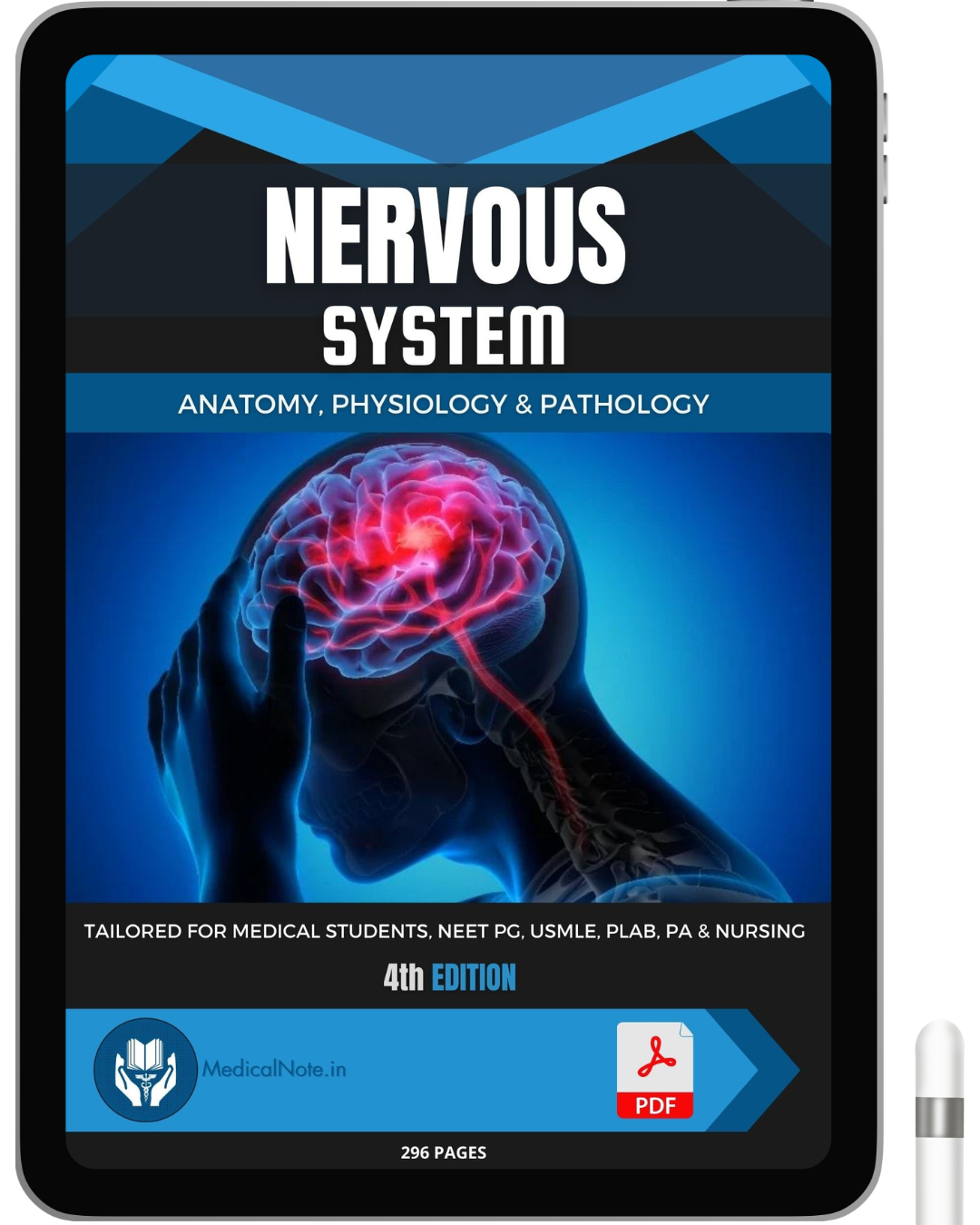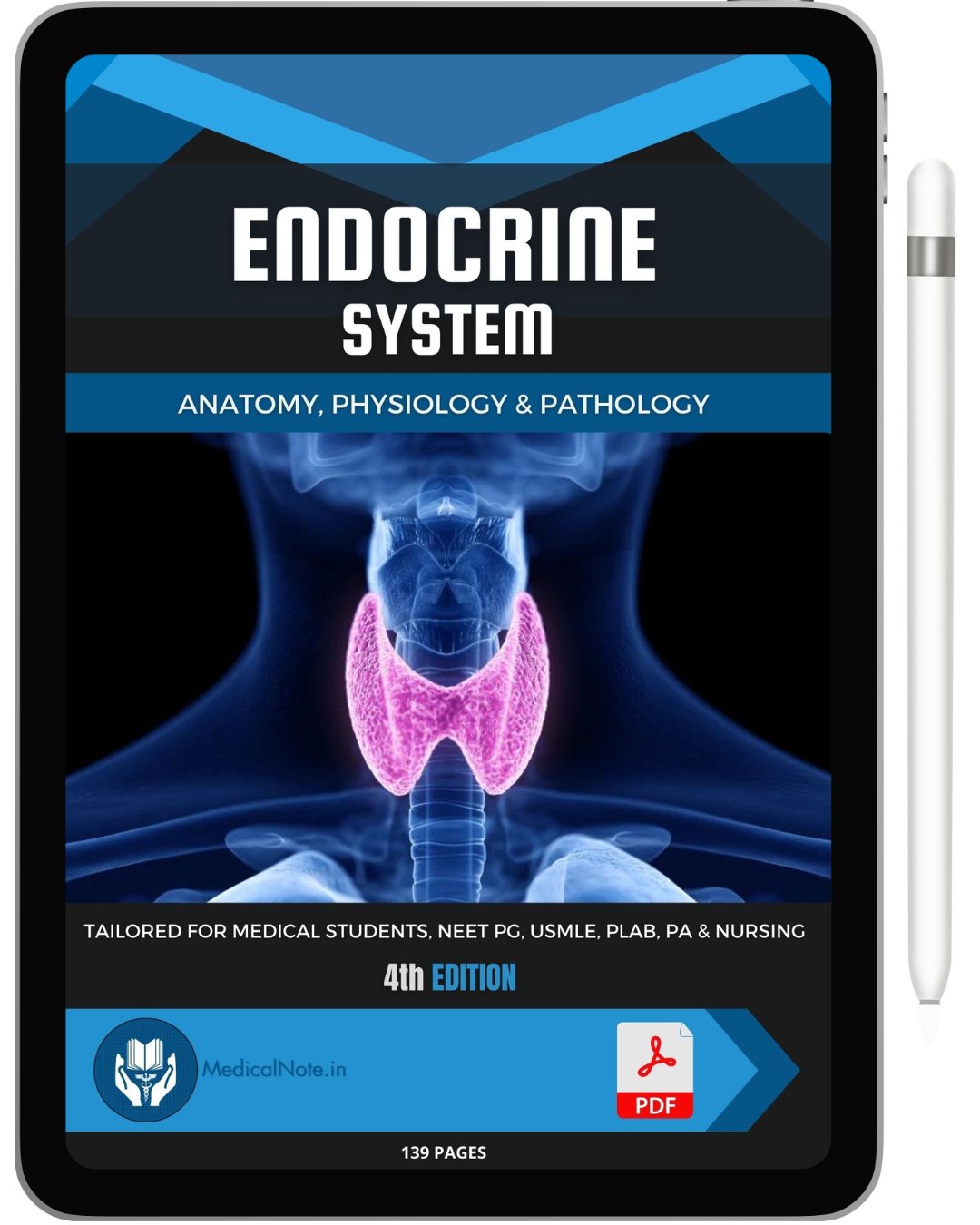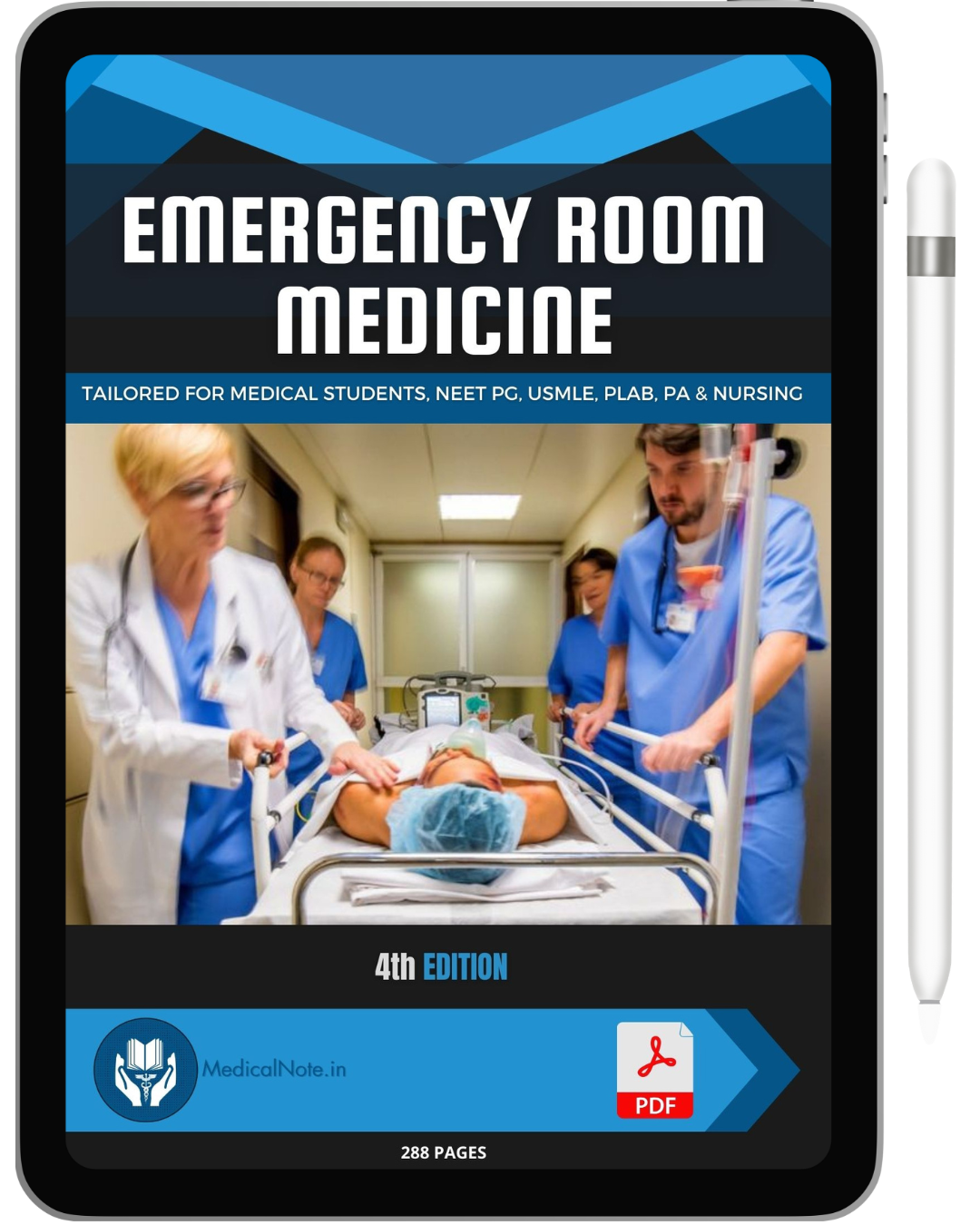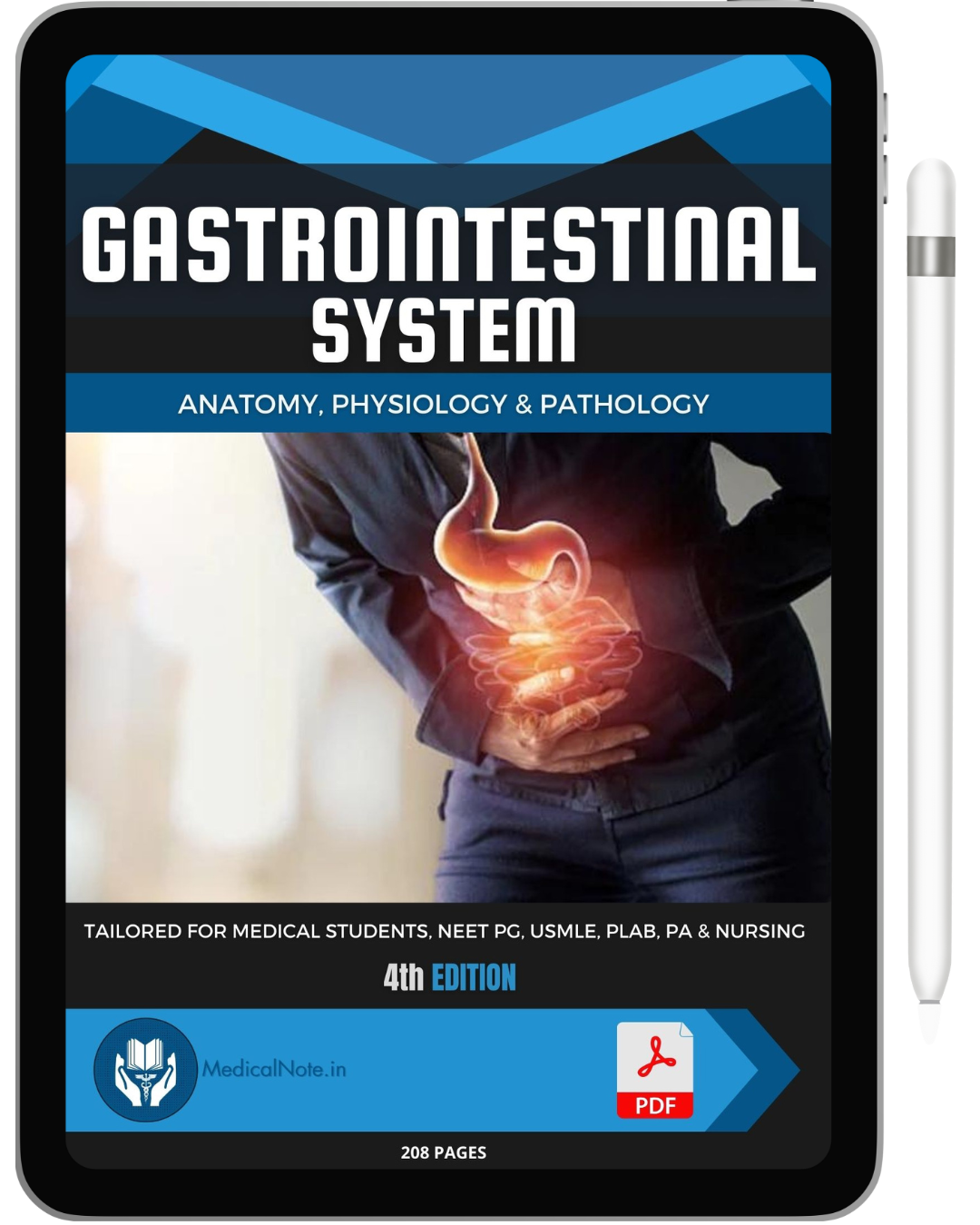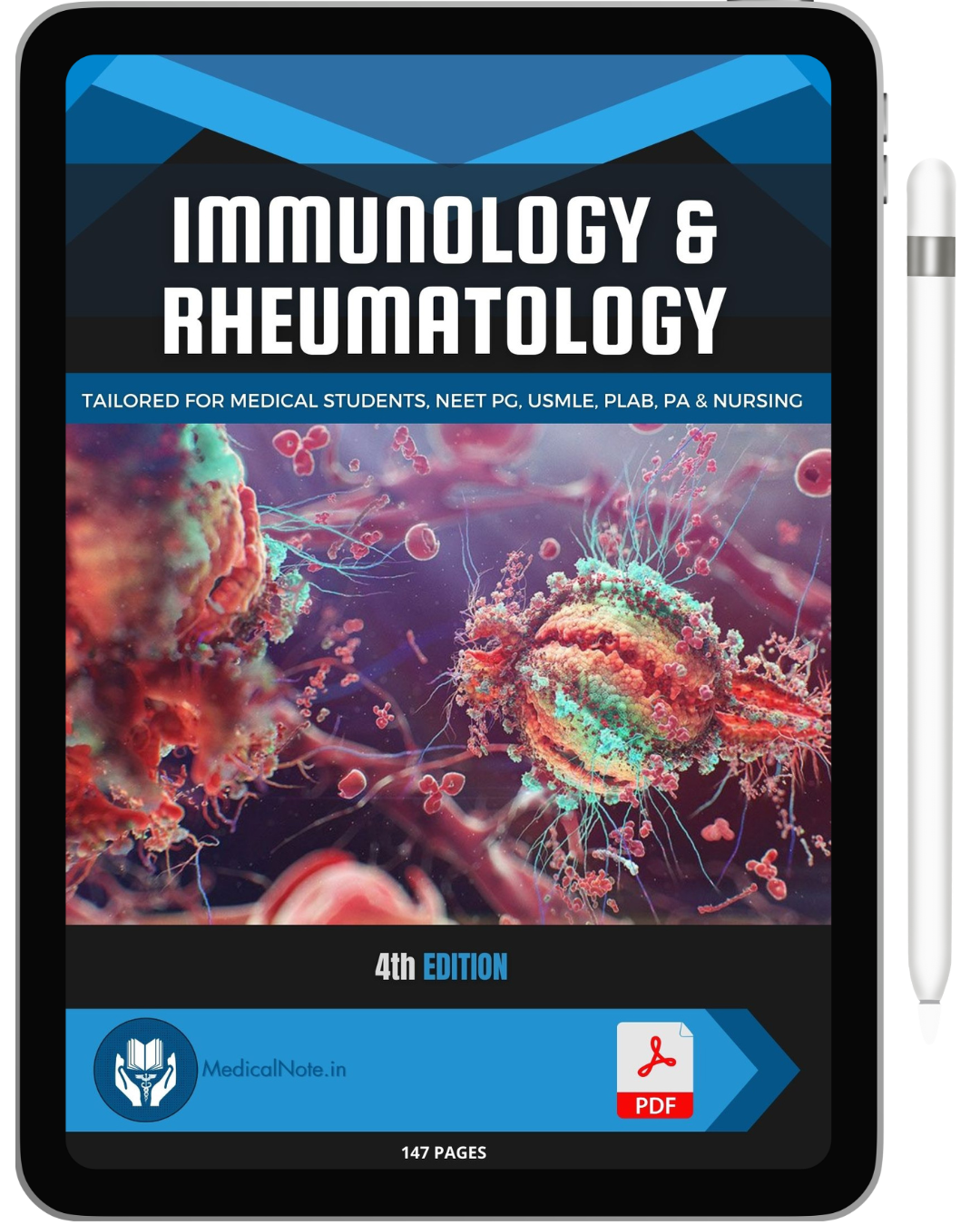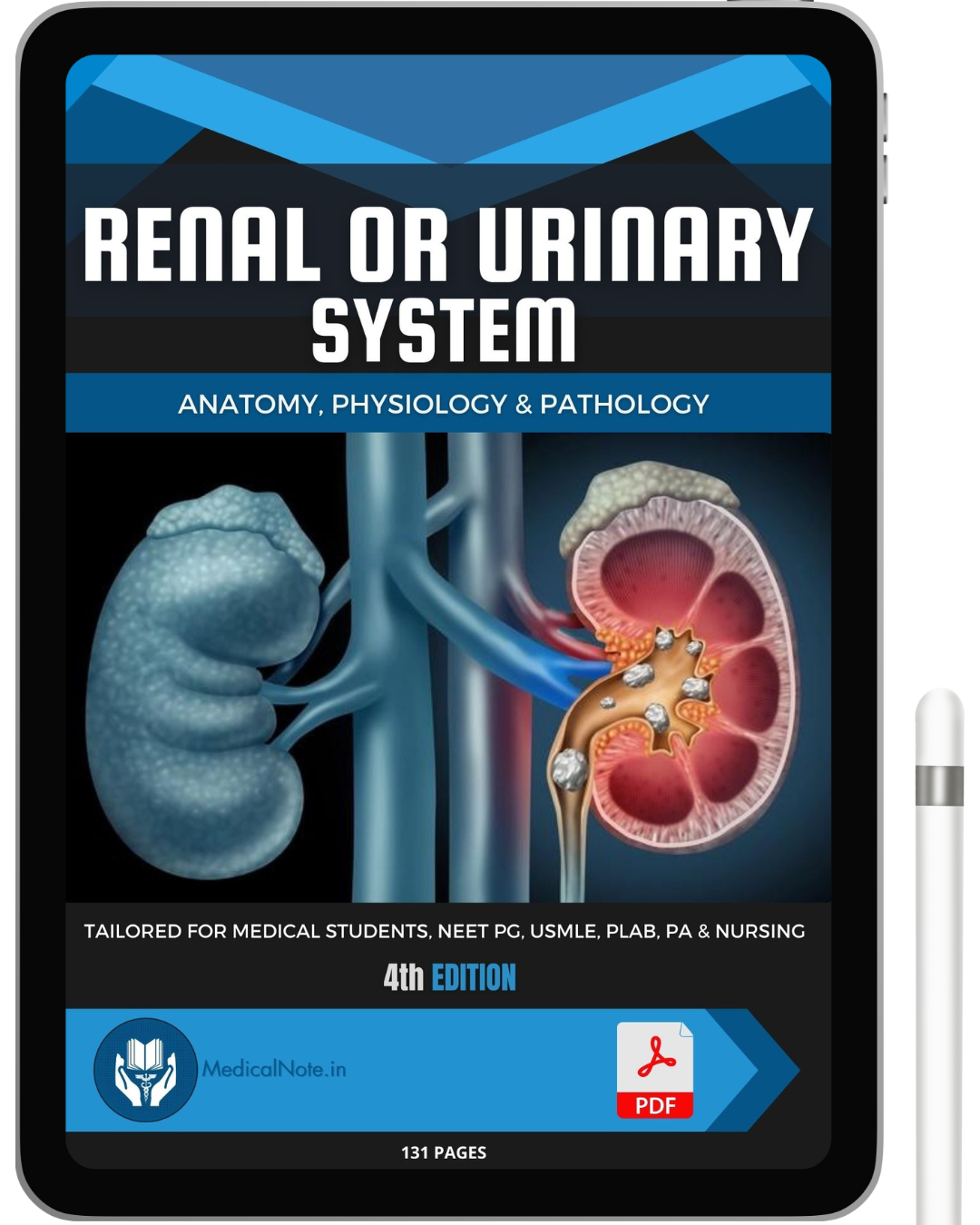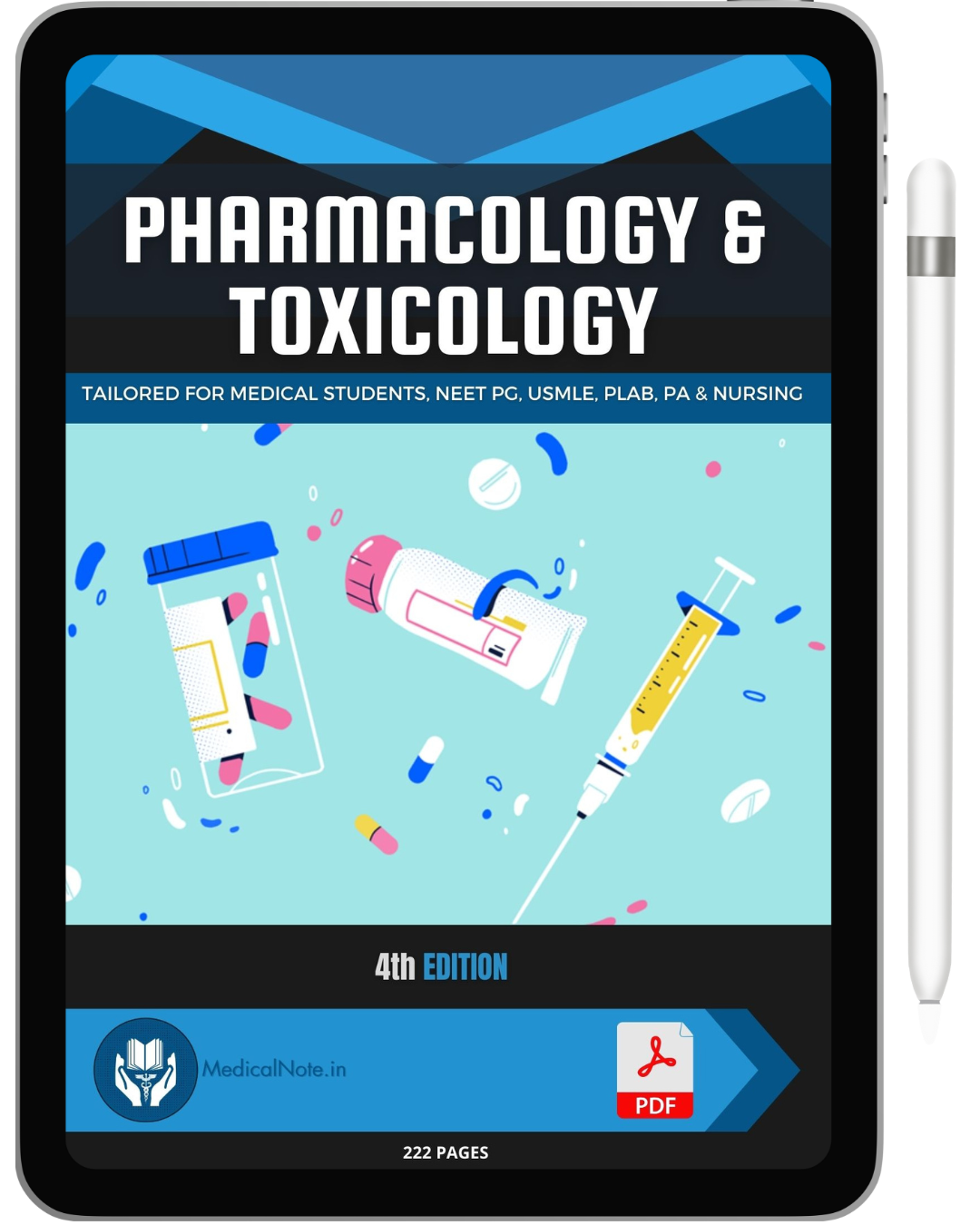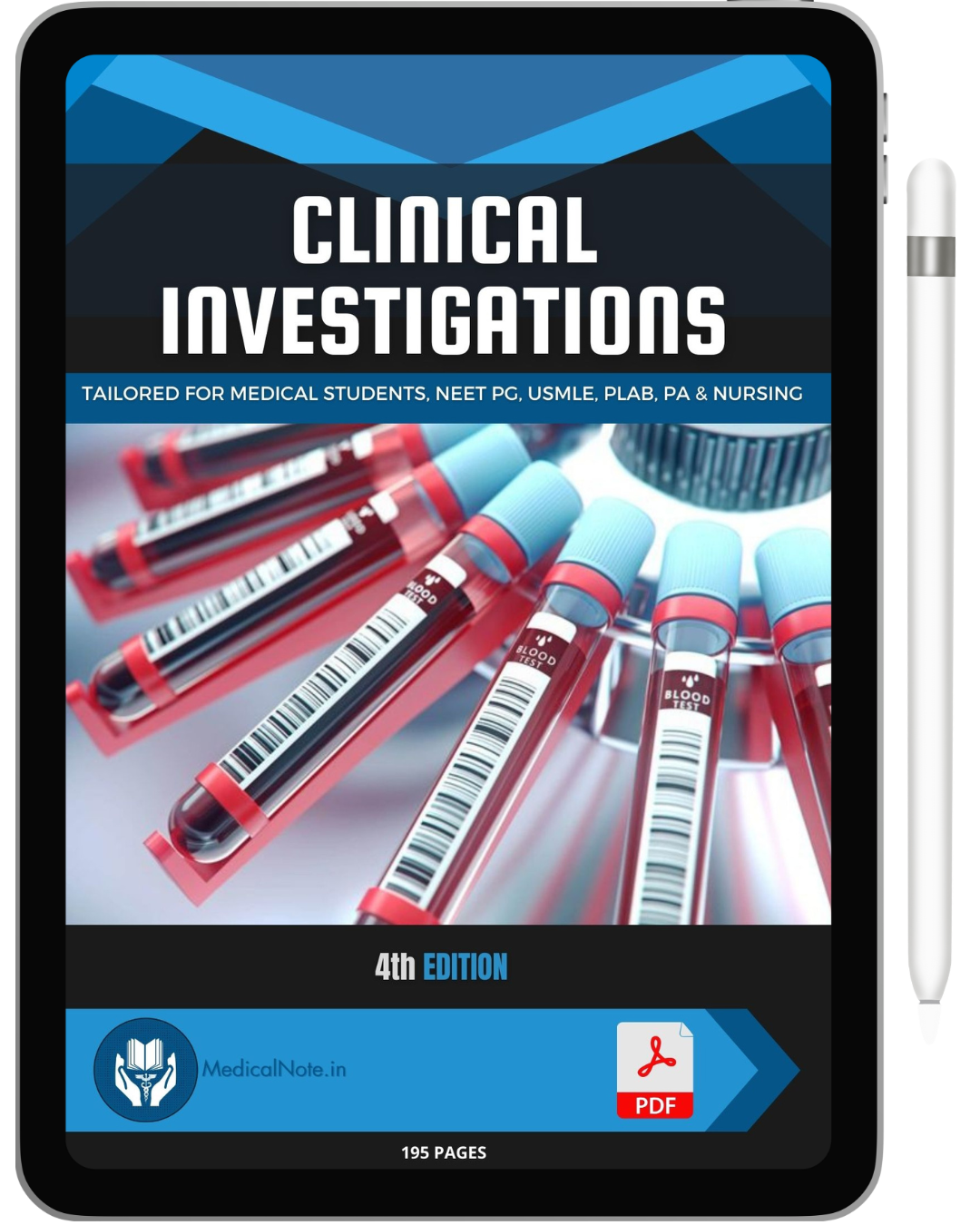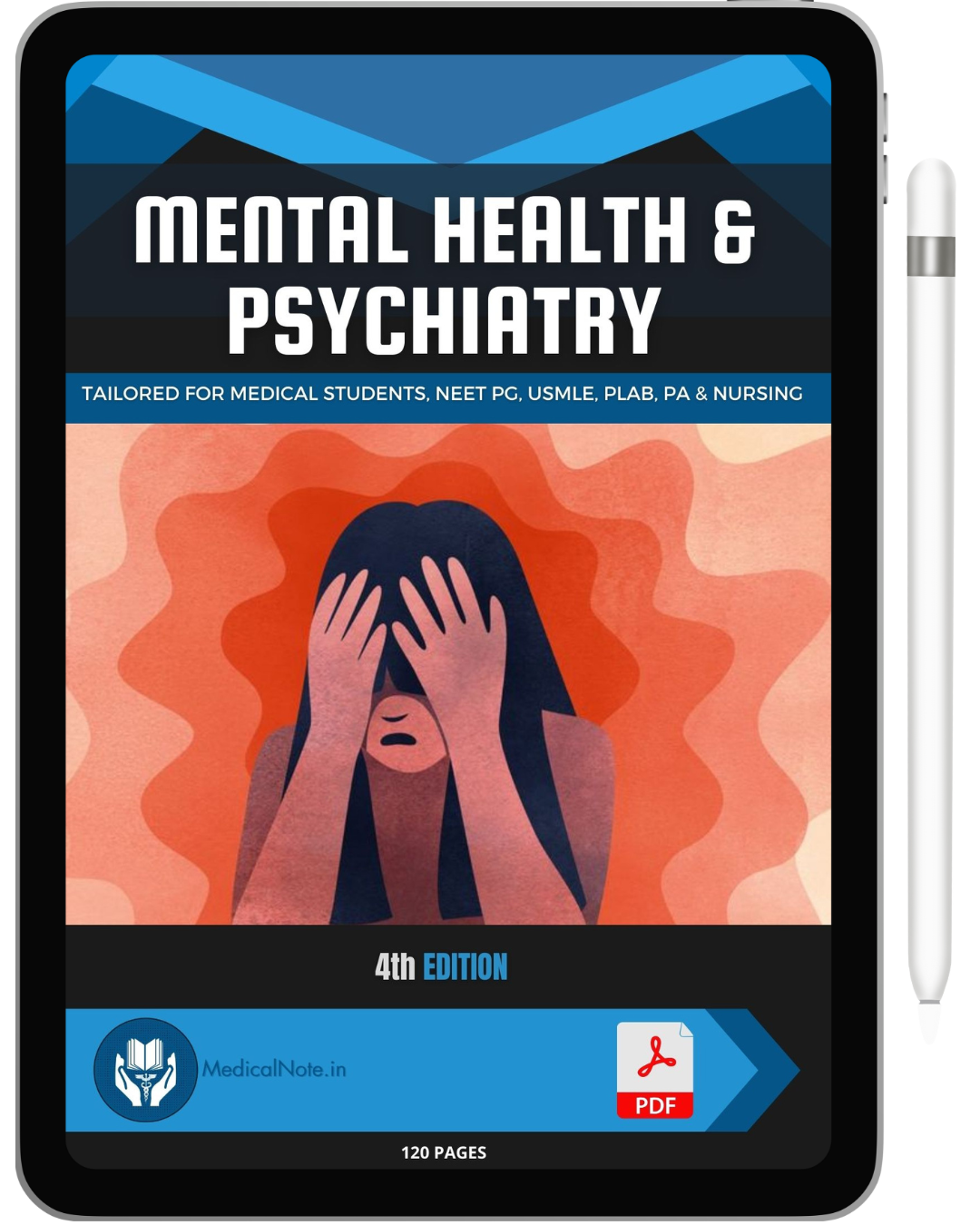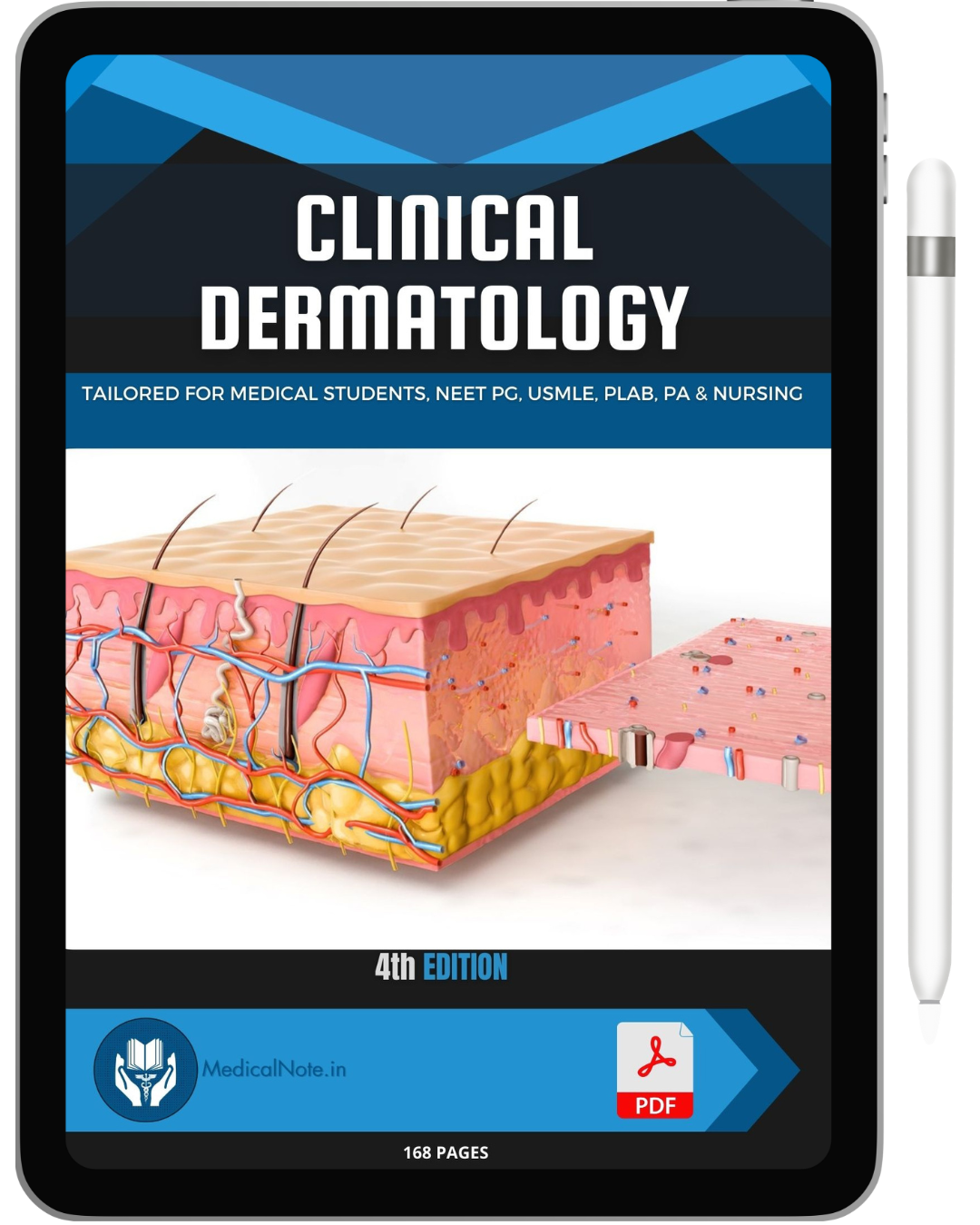Coagulation disorders are conditions that affect the blood's ability to clot properly, leading to either excessive bleeding or thrombosis. This blog will discuss common coagulation disorders, their causes, symptoms, and treatment options.
Body:
-
Common Coagulation Disorders:
- Von Willebrand Disease (VWD): The most common inherited bleeding disorder caused by a deficiency or dysfunction of von Willebrand factor.
- Hemophilia: Covered in detail in a previous blog, focusing on factor VIII or IX deficiencies.
- Factor V Leiden: A genetic mutation leading to an increased risk of blood clots (thrombophilia).
-
Symptoms:
- Excessive bleeding after injuries or surgery.
- Frequent nosebleeds or bleeding gums.
- Easy bruising and prolonged bleeding from cuts.
-
Diagnosis:
- Blood tests to measure clotting factors and assess the function of platelets.
- Genetic testing for conditions like Factor V Leiden.
-
Treatment:
- Replacement Therapy: For conditions like hemophilia and VWD, involving infusions of the missing clotting factor.
- Anticoagulants: For thrombophilic disorders to prevent blood clots.
- Desmopressin (DDAVP): Used in mild VWD to increase levels of von Willebrand factor and factor VIII.
Conclusion: Coagulation disorders require careful diagnosis and management to prevent complications. This blog serves as an essential resource for medical students studying these complex conditions.


